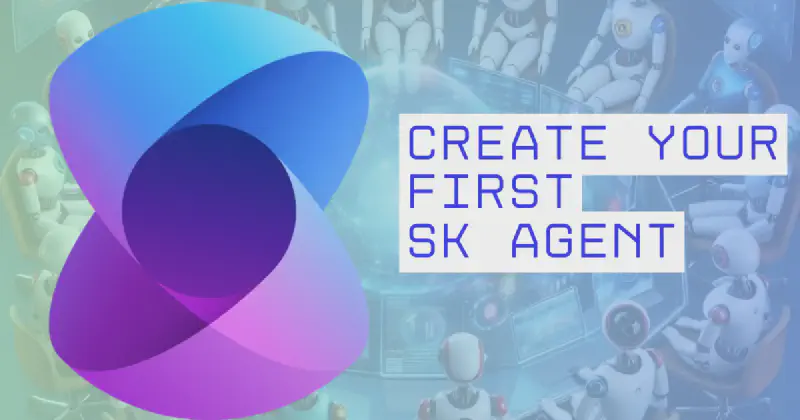This tutorial shows you how to create a summarization agent using the latest Agentic Framework in Microsoft Semantic Kernel with just a few lines of code.
🧠 What You’ll Learn
- Set up your first summarization agent
- Use OpenAI’s GPT-4o via Semantic Kernel
- Input user content and return summarized output
📦 Required NuGet Packages
|
|
|
|
|
|
🛠️ Full Working Example
Below is a complete code snippet to create a text summarization agent using ChatCompletionAgent. This example is optimized for developers looking to get started quickly with the Semantic Kernel Agentic Framework in C#.
|
|
✅ Example Output
Input:
|
|
Output:
|
|
📚 Summary
| Step | Description |
|---|---|
| 1️⃣ | Set up the kernel and register OpenAI completion model |
| 2️⃣ | Instantiate ChatCompletionAgent with name and instructions |
| 3️⃣ | Accept user input and stream summarized response |
❓ Frequently Asked Questions (FAQs)
🤔 What is a ChatCompletionAgent in Semantic Kernel?
A ChatCompletionAgent is a built-in class in the Semantic Kernel Agentic Framework that simplifies the creation of agents without needing to implement the IAgent interface manually. You just specify the name, instructions, kernel, and LLM settings, and it takes care of the rest.
⚙️ Do I need to implement IAgent manually to build agents?
No. If your use case is simple and fits a prompt-based model like summarization or Q&A, ChatCompletionAgent is perfect. However, for multi-step logic, memory management, or agent collaboration, a custom IAgent implementation is more suitable.
💡 Can I use Azure OpenAI instead of OpenAI?
Yes. Simply use the AddAzureOpenAIChatCompletion method instead of AddOpenAIChatCompletion, and provide Azure-specific parameters like deployment name and endpoint.
📌 How is this different from plugins?
Plugins are reusable, declarative functions exposed to the AI model for reasoning and execution. Agents can call these plugins to perform actions. In this post, we focus on using the chat model directly.
🔐 How secure is this setup?
Security depends on how you store and manage your OpenAI keys. Use UserSecrets or Azure Key Vault for secure storage instead of hardcoding keys in code.
🚀 How do I deploy this?
You can containerize the app and deploy it using Azure App Services, Kubernetes, or any serverless host like Azure Functions or AWS Lambda.
